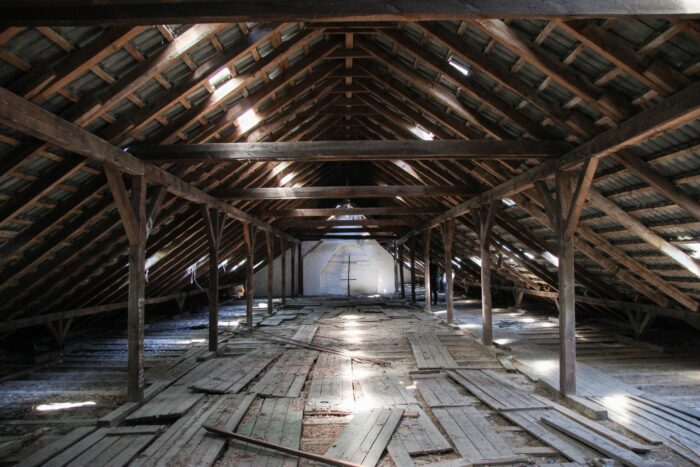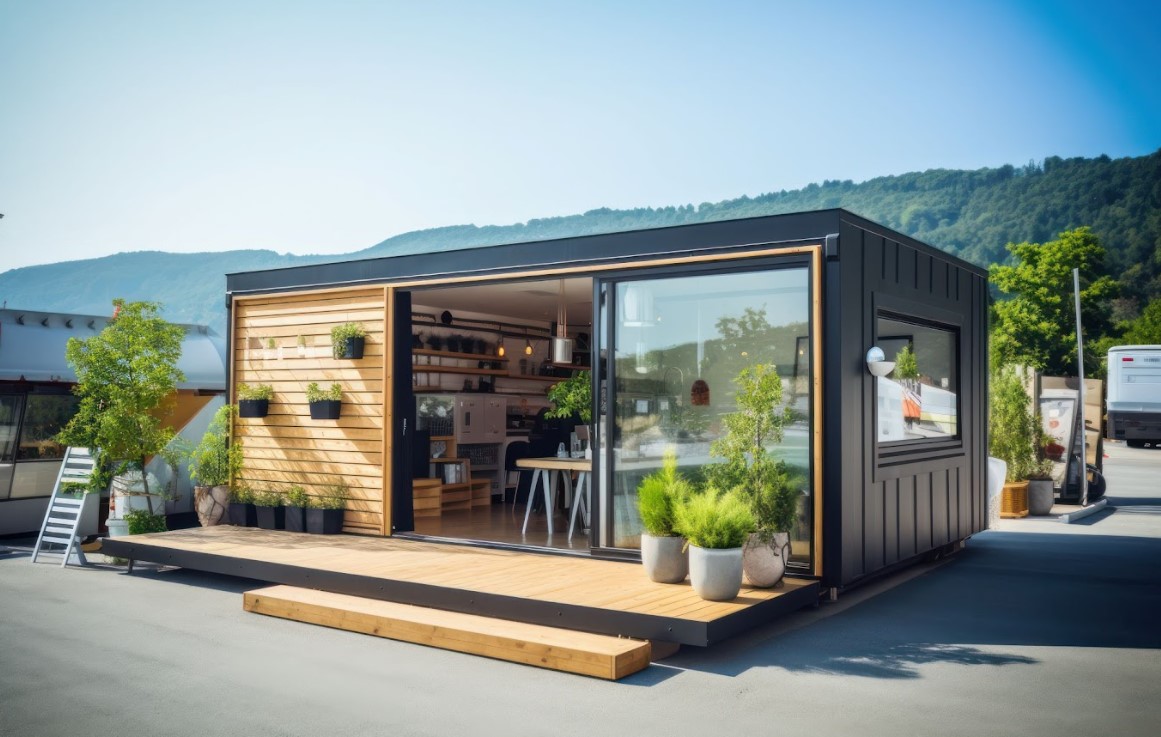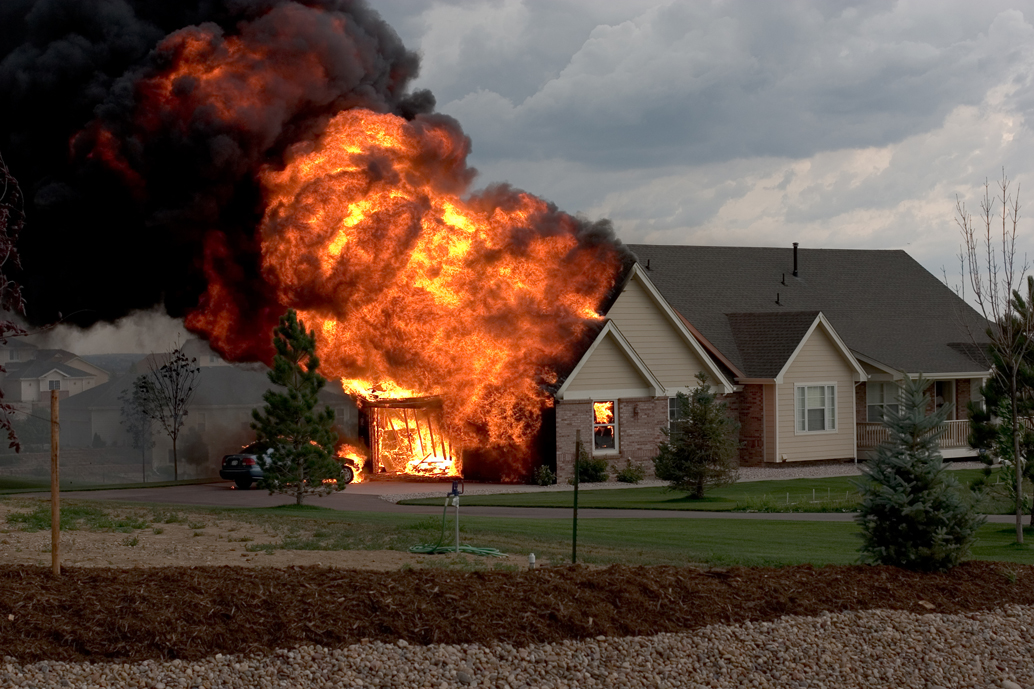Whether you are considering an affordable way of building a sizeable extension to your home, or you want to add value to your place, a loft conversion is the best idea for doing so. That is primarily (though not exclusively) true if your house is in a crowded urban environment. Loft conversion – if it does not disturb the surrounding buildings – is an excellent way to use existing but underused space better.
And though the calculations on the average cost of loft conversion make it quite an appealing investment option, various factors come into play that determines whether a conversion will be a wise decision. The best way to grasp a conclusion is to consider these three things before you jump into loft conversion.
Check and Plan Your Space Carefully
Before you start any work on your loft conversion’s interior design, it is vital to get not just the structure right, but also the configuration of the space, the position of the windows, the essentials and your loft’s energy efficiency. Let us take a look at each of these concerns.
Whether you can implement a loft conversion in your home largely depends on the pitch and shape of your existing roof. And, it all comes down to the amount of useable load-bearing walls to support the new structure. Building an extension in your loft will add extra weight to your house. Even though this will only be a small weight increase, it is vital to ensure that the structure of your home can carry the added weight.
The most typical procedure involves exposing the foundations to see their depth and strength. Ask for advice from a builder, architect, or a loft conversion specialist. It is of utter importance to get a professional assessment on this matter. However, bear in mind that even after you, or the loft conversion contractor, has checked these details, a building control officer will also have to take a look.
Another important thing to consider well in advance is to be sure that your loft is high enough to support the desired transformation. Some attics are not tall enough, and this can cause a lot of issues later. Building regulations specify that a standard loft should be at least 180 cm from the floor. However, to have a comfortable space after conversion, your attic should exceed 230 cm from the floor to the roof.
Also, consider the essentials such as space for your plumbing and water tanks, the staircase to the loft, and other things you will need. Find room for them so that you do not end up with an uncomfortable and cramped space.
One of the beauties of loft conversion is that you do not need extensive modifications to create provisions for natural light. Skylights are an excellent option for your new space. They can provide all the natural light a room needs. Moreover, since they can help to keep your home warm during the cold weather, they are an excellent way to save money on energy bills.
Install skylights that can be opened so that your room gets enough air during the summer months. When it comes to installing windows, dormer windows are ideal for a loft window. However, they are significantly more expensive and may require planning permission. On the other hand, they will certainly add more value to your property.
Correctly building the stairs to your new loft is one of the trickier aspects of a loft conversion. Because attics are usually narrow and tight, it can be challenging to get stairs that will reach. While it is okay to use narrow stairs so that they can fit the small loft space, getting furniture up them makes them impractical. You can choose an off-the-shelf stairs design, but it may not serve you as well as you want.
Loft conversions require stairs that are custom built and installed by an expert. However, these stairs are usually more expensive, so bear this in mind when planning. Also, remember to include your preferred staircase in your conversion plans from the very beginning, as custom-built stairs will also have to be approved by building control before you can build and use them.
Changes in the structure of your home inevitably provoke safety implications you need to consider. One of them is fire safety. Consider smoke alarms, large enough windows, and new plaster on the ceilings below. Believe us; you will sleep easier at night if you get a piece of professional advice regarding fire safety.
Lastly, loft conversions take away existing space as well as adding new space. Thus, be prepared to lose some storage space. This can make your loft appear cluttered, small, and overloaded. Consequently, you will need to be creative to create storage space in the new attic.
Building Regulations
A loft conversion is usually considered to be a minor home improvement project. So, as long as your extension has a minimal external impact, you don’t need to apply for approval from building regulations. However, it is always a good idea to have your project approved beforehand since having it will take the risk out of the project.

Additionally, having approval can make it easier for the builder to give you a fixed quote rather than undertake your project using vague estimates. Depending on the property type, you will also need to double-check on whether you need to alert your neighbors to the extension.
Get Your Budget Right
When it comes to making your budget for a loft conversion, you need to be as realistic as possible. The pricing structure can vary drastically, all depending on location and the complexity of the work.
There is no harm in considering cutting the costs, but before doing so, work out exactly how much you need to spend to get the extension, including the interior fit-out costs. Bear in mind that more significant extensions are usually more cost-effective than small extensions, though, of course, they will cost more.
Importantly, add a contingency fund of around 10 percent in your budget for any problems that might come to light once work starts. Another crucial thing, since loft conversion is an extremely competitive industry, prices can vary drastically. Do your research on reputable specialist firms and reassure yourself that you have chosen the best one.






